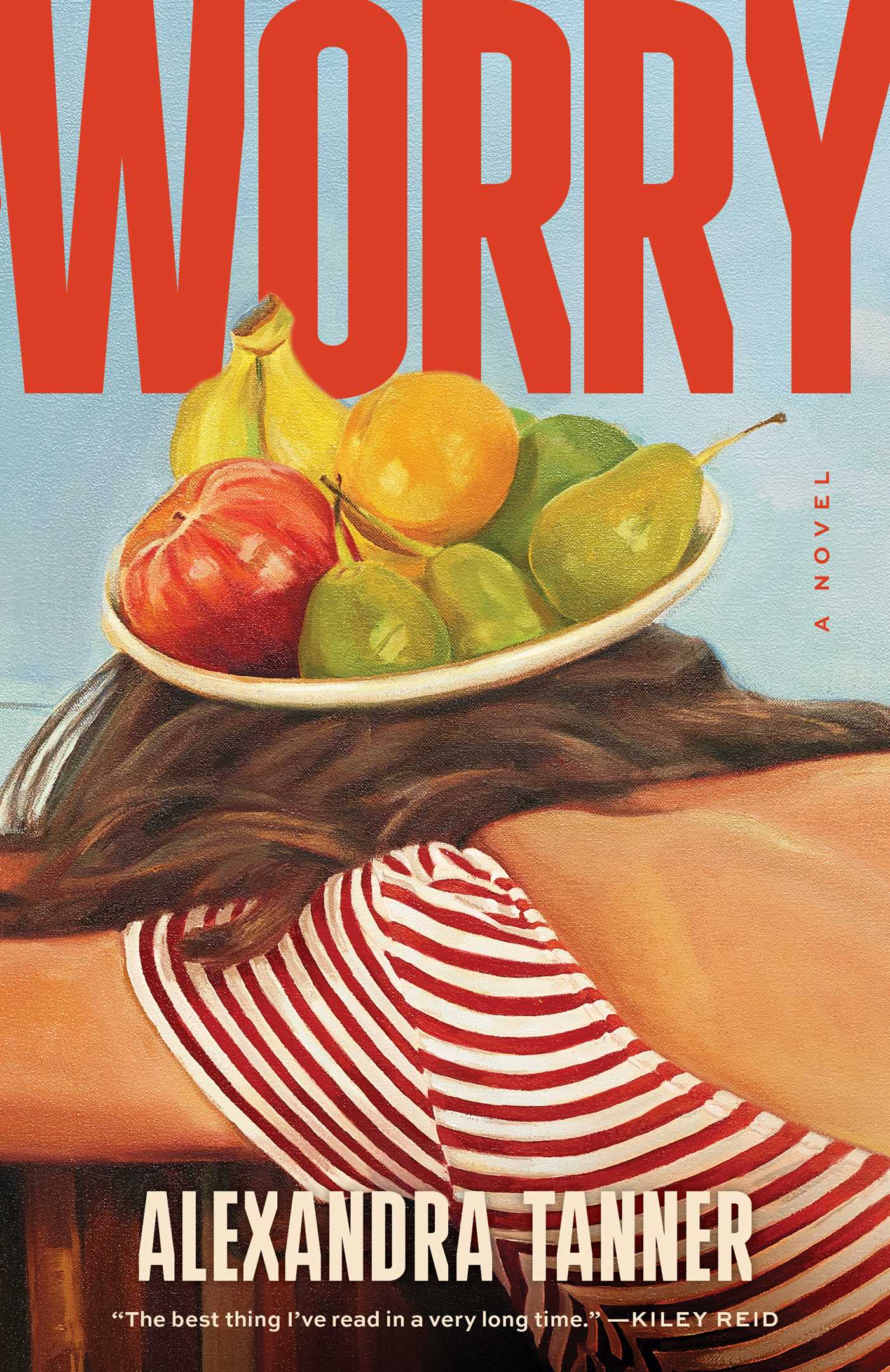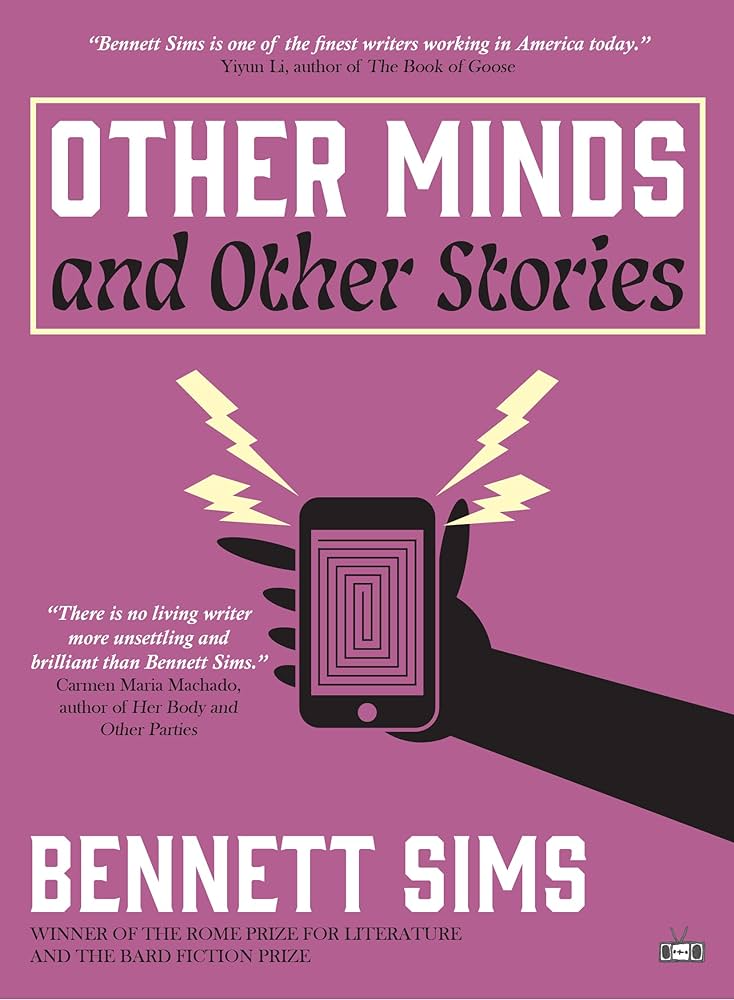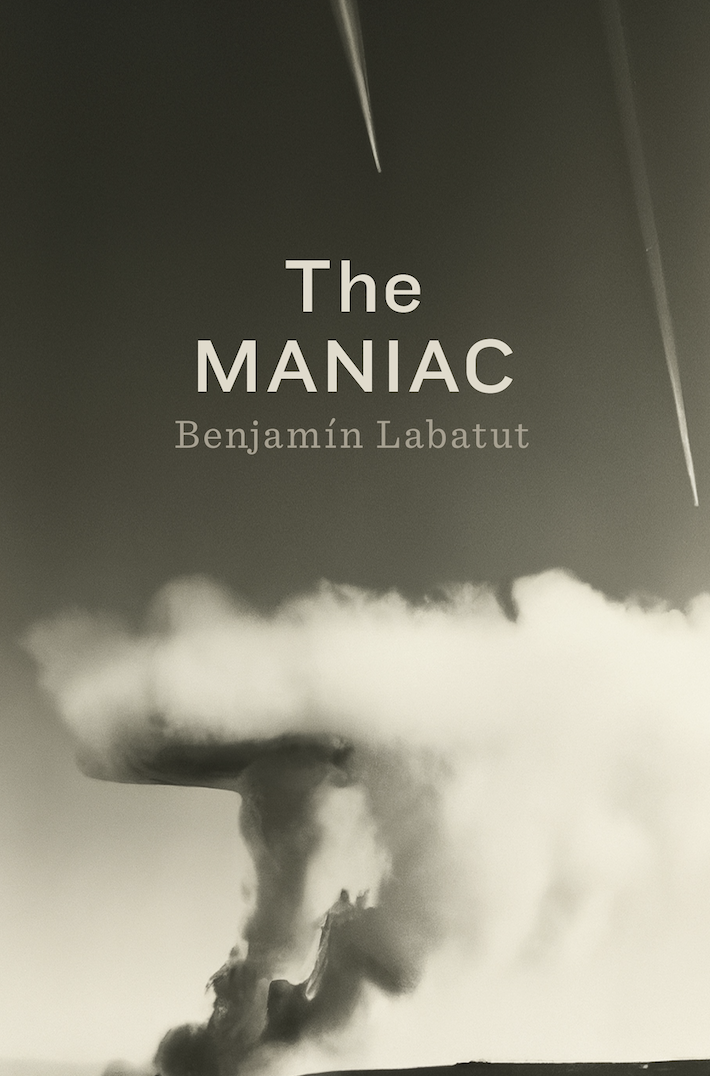 “I have forced myself to contradict myself, in order to avoid conforming to my own tastes,” said Marcel Duchamp in an interview in 1945, seemingly describing the temperament of César Aira, the Argentinean fiction writer who would be born four years later, and whose fictions swerve with a barely controlled weirdness. Like for Duchamp, contradiction and incongruity are Aira’s bread and butter. He takes hold of, toys with, and throws by the side of the road any number of genres, moods, and plots, all in the space of a hundred pages, a length his 60 or so books almost never exceed.
“I have forced myself to contradict myself, in order to avoid conforming to my own tastes,” said Marcel Duchamp in an interview in 1945, seemingly describing the temperament of César Aira, the Argentinean fiction writer who would be born four years later, and whose fictions swerve with a barely controlled weirdness. Like for Duchamp, contradiction and incongruity are Aira’s bread and butter. He takes hold of, toys with, and throws by the side of the road any number of genres, moods, and plots, all in the space of a hundred pages, a length his 60 or so books almost never exceed.
Aira doesn’t give the impression of trying to be clever, but instead of escaping his own boredom. His prose has a euphoric, blindfolded momentum; the events that take place are at once inevitable and unimaginable. Fate, that otherwise unfashionable narrative antique, has a hand in everything. To read Aira is to hurtle, and it’s not always pleasant. As one of translators, Chris Andrews, has put it, “Once you’re addicted to Aira, you can be disappointed by a swerve […], but somehow you prefer being disappointed by him than satisfied by many other writers.”


 Part of the way Aira makes disappointment preferable to satisfaction is by keeping his characters in perpetual motion. In An Episode in the Life of a Landscape Painter, a German artist hits the road in South America. In The Literary Conference, a mad scientist travels to Venezuela in order to clone Carlos Fuentes. In The Seamstress and the Wind, a mother mistakenly thinks that her son has been kidnapped and orders a taxi driver to take her to Patagonia. Aira’s novels are never without a parade, a chaotic sense of procession that spills over from the form of his writing into its content and back again. This is fiction as a never-ending car chase, and you might just get away if you can only stop your vehicle from turning into a lampshade.
Part of the way Aira makes disappointment preferable to satisfaction is by keeping his characters in perpetual motion. In An Episode in the Life of a Landscape Painter, a German artist hits the road in South America. In The Literary Conference, a mad scientist travels to Venezuela in order to clone Carlos Fuentes. In The Seamstress and the Wind, a mother mistakenly thinks that her son has been kidnapped and orders a taxi driver to take her to Patagonia. Aira’s novels are never without a parade, a chaotic sense of procession that spills over from the form of his writing into its content and back again. This is fiction as a never-ending car chase, and you might just get away if you can only stop your vehicle from turning into a lampshade.
 So it is in both the newly-translated Shantytown, in which a kindly middle-class bodybuilder walks daily to the slums of Buenos Aires out of a sense of camaraderie for the people who collect rubbish by hand, and The Hare (first published in the UK in 1997 by Serpent’s Tail, and now reissued by New Directions), the story of an English naturalist traveling in the wilds of Argentina in order to catch sight of the eponymous animal. If half the challenge of reading Aira is just keeping up with him, then to enjoy him is to fight the reflex to make sense of the sometimes beautiful and almost-always hilarious pandemonium as it passes by.
So it is in both the newly-translated Shantytown, in which a kindly middle-class bodybuilder walks daily to the slums of Buenos Aires out of a sense of camaraderie for the people who collect rubbish by hand, and The Hare (first published in the UK in 1997 by Serpent’s Tail, and now reissued by New Directions), the story of an English naturalist traveling in the wilds of Argentina in order to catch sight of the eponymous animal. If half the challenge of reading Aira is just keeping up with him, then to enjoy him is to fight the reflex to make sense of the sometimes beautiful and almost-always hilarious pandemonium as it passes by.
This idea – that things just happen, don’t ask why – is something that the narrator of Shantytown spells out early on. Maxi, the well-to-do bodybuilder, works for the rubbish collectors just because it was, “something he did, that was all. It was spontaneous, like a hobby.” It’s not just his own motivations that Maxi doesn’t interrogate, it’s the world: watching people scavenge in the rubbish, he “didn’t ask himself why they were doing what they did.” Very quickly this refusal to interpret or make sense comes to seem like a metaphor for how Aira writes: not exactly unconsciously, but certainly not self-critically. “If Maxi had stopped to wonder whether or not they’d accept his help, or tried to find the right words,” the narrator tells us, “it would never have happened.” So there you have it: a writer describing how he writes about writing by not thinking about writing – by way of a metaphor about rubbish collection. An odd situation, to be sure.
But none of this is any less than completely deliberate. Aira has a way of writing that doesn’t allow for inaction (but does allow him to commentate his own process). He refers to this method of writing as flight forward, which Andrews has described as, “not going back and rewriting, but attempting to redeem the errors or inadequacies of what he has already written by adding, by writing more, by improvising retrospective explanations.” Just like in life, you can’t undo the past. But you can build elaborate and fanciful justifications that no one believes: “Officer, my friend asked me to carry that stuff for him, he said it was medicine, and I decided to carry it in my sock so it wouldn’t get lost, I swear.” Yeah, right.
In Shantytown, the plot seems to hinge on a drug called proxidine (Aira’s plots never actually hinge on anything other than his own whims), the effect of which, “was to increase the proximity of things, applied above all to the elements of a problem: by bringing them into sudden contiguity, it brought them closer to the solution.” Proxidine isn’t just a made-up drug, but also an analogy for the made-up device with which Aira resolves the puzzle-like plot of the book itself, drawing together its various elements for a final outrageous, overflowing denouement. This is where Aira’s likeness to an artist such as Duchamp dissolves (and there is a puff quote on the cover of The Hare proclaiming Aira to be “the Duchamp of Latin American literature” – so it’s not just me). The games Aira plays with plot and character aren’t cool, high-minded, chess-like things, but more like Twister, only with rules that no one seems to know (it would be too easy, of course, if there were no rules at all).
The Hare, too, is possessed by Aira’s restless indifference to realism, the plot unfolding as capriciously as an exquisite corpse, as Clarke, the naturalist, and his traveling companions lurch across the Argentinean countryside from one misunderstanding with the local Indians to another (social conventions and traditions being important to Aira because they can be distorted and deformed). But there’s a slow, darkly syrupy quality to prose that is noticeably different from his other titles available in English. Clarke, visiting a remote part of the country, catches sight of oxen that, “had taken on the appearance of Japanese bulls, with swollen dewlaps and so many folds of white skin dangling from their backs that they appeared to be covered in sheets of marble, like Bernini statues in Rome.” That heaviness and the reference to Baroque art seem immediately at odds to the pragmatic, crash-and-bash prose style of Aira’s other books.
“The impossible,” Aira writes early in The Hare, “is the first thing to become reality.” But does anything ever become reality in an Aira fiction? Things hover near authenticity, threaten to become real, seem for a moment to impersonate truth…and then just don’t. Halfway through The Hare, I suddenly thought: no two Aira characters ever really understand what the other one is saying. The meta-fictional dialogue in his stories is only for that one notable onlooker, the reader. In a very anti-modern way, plot is something that happens to Aira’s characters, rather than something that is determined by their actions.
But what holds everything together is Aira’s refusal to repeat himself, his insistence upon contradicting himself, and his way of keeping proportion and perspective in states of constant flux. The size and the meaning of the world itself change from sentence to sentence according to an unknowable internal logic of ideas – things never in short supply when Aira’s around – about reality, perception, expression, and, above all, writing. Returning to more normal contemporary fiction after reading Aira – or simply to flesh-and-blood life itself – is a little like that odd childhood sensation of dismounting a trampoline, and feeling a heaviness rush back into your legs as you walk across solid ground. You ask yourself: was it always this boring?












